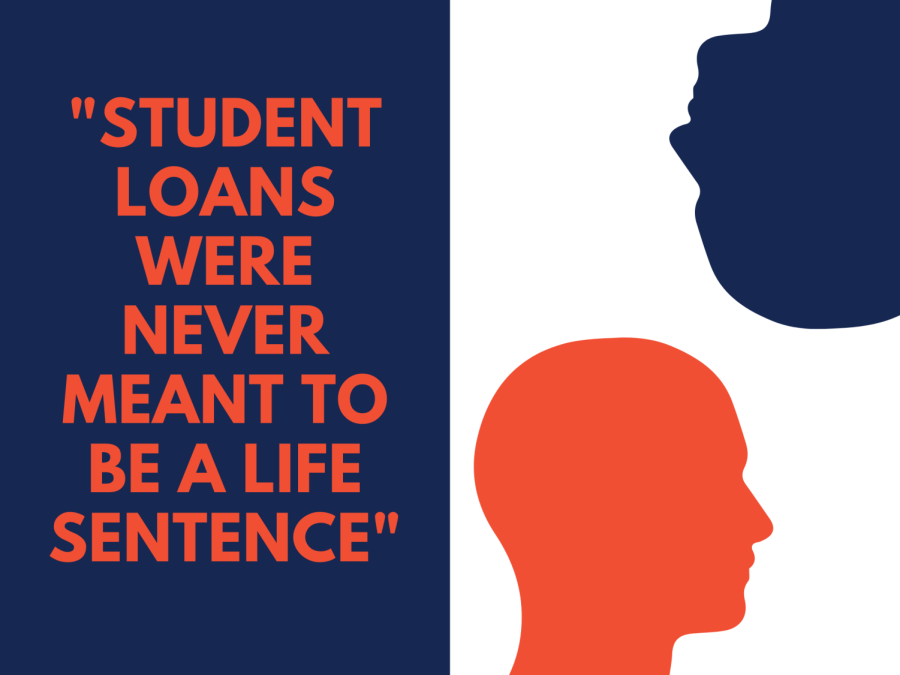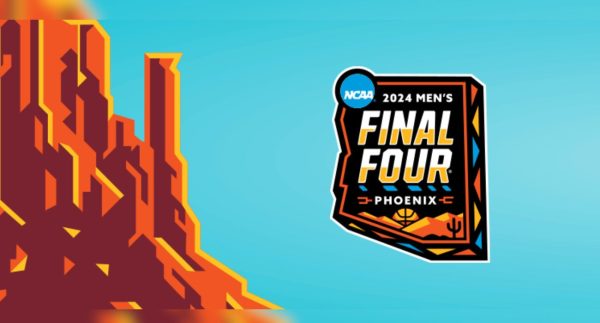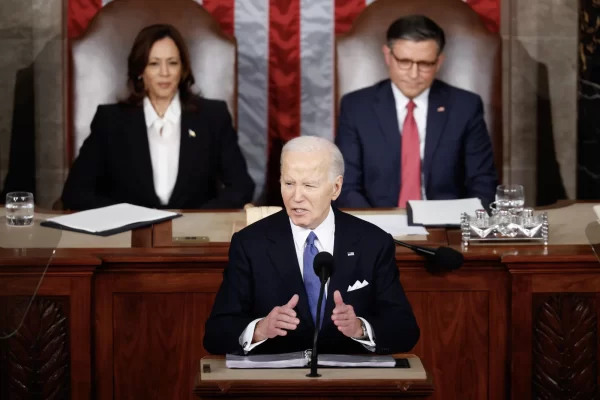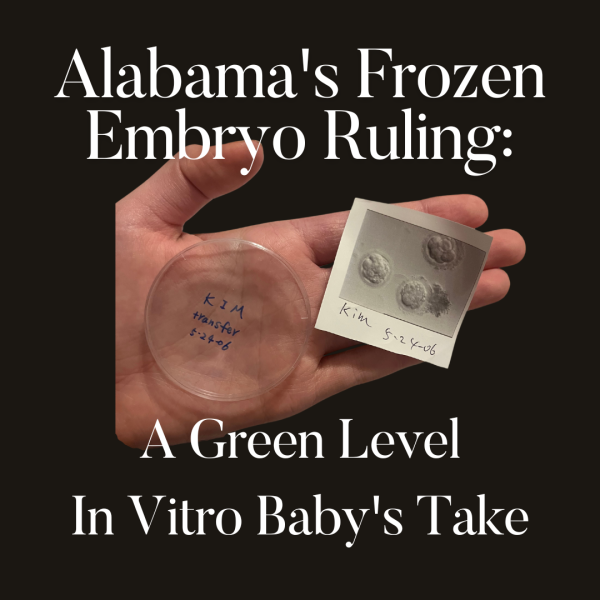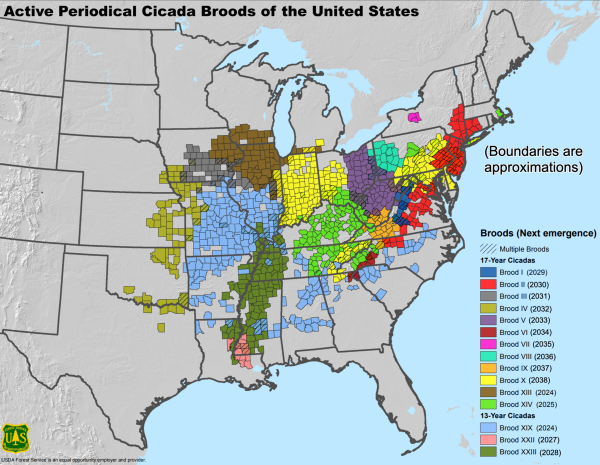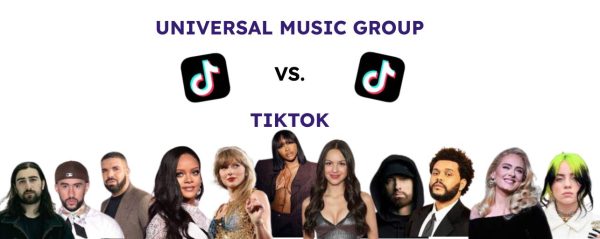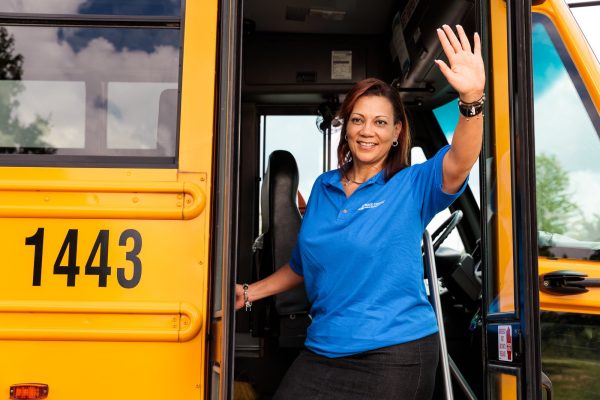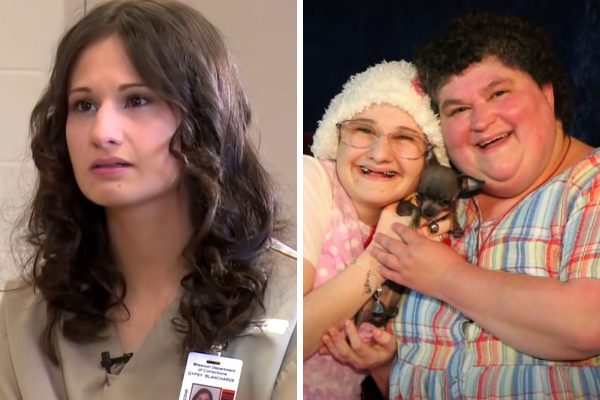Biden’s Plans to Relieve Student Loan Debts
“Student loans were never meant to be a life sentence, but its certainly felt that way for borrowers locked out of debt relief they’re eligible for…Today, the Department of Education will begin to remedy years of administrative failures that effectively denied the promise of loan forgiveness to certain borrowers enrolled in IDR plans.” said U.S. Secretary of Education Miguel Cardona in a statement.
This past Tuesday, the news was released that the Biden Administration was going to ease the rules of some student loan repayment plans, and therefore forgive federal loans for 40,000 borrowers and offer 3.6 million people a credit towards paying off their balances. These moves would help the 9 million followers with over $500 billion in student loan debt who are enrolled in the income-driven repayment program, or IDR.
These new moves can potentially help millions of people with the Department of Education estimating that 3.6 million borrowers will be years closer to receiving loan forgiveness through the program and that thousands will be able to gain forgiveness immediately after the changes are implemented.
Those who could benefit from these moves are borrowers whose payments have been miscounted, borrowers who have been in forbearance, borrowers seeking Public Service Loan forgiveness, and borrowers who still don’t qualify for relief.
Many students have relied on Biden’s possible policies to relieve student loans but have only cleared around 1% of total federal student loan debt. The 1% is insignificant when compared to the $50,000 in debt per borrower that some Democratic lawmakers want Biden to cancel.
The Biden administration has considered canceling debts for the millions and the White House has extended the federal student payment pause through the end of August. As many are wondering if the “promise” that was made during campaigns, will be kept.
When running for office, President Joe Biden kept a consistent message for student loan borrowers. Throughout his campaign, he said that he was going to help lift the burden of student loans, and this was used so often that offering student loan forgiveness became a key part of Biden’s campaign.
The details of what Biden exactly said or meant have never been fully understood by the public or those to who it would apply.
Now that we’re over a year into his presidency, debt forgiveness has been absent from both the pandemic relief bill which was passed in March 2021, and other recent legislative plans.
Biden has consistently and publicly backed ideas for helping student loan borrowers but has never taken action in eliminating all student debt or wiping out at least $50,000 per borrower. Instead, Biden has said he’s willing to cancel up to $10,000 in federal student loans per borrower.
Additionally, we should forgive a minimum of $10,000/person of federal student loans, as proposed by Senator Warren and colleagues. Young people and other student debt holders bore the brunt of the last crisis. It shouldn’t happen again.
— Joe Biden (@JoeBiden) March 22, 2020
In April of 2020, Biden published a piece on Medium that described the policies he believed would be necessary to help Americans during the pandemic and in the future. One of the policies included the proposal to “immediately cancel a minimum of $10,000 of student debt per person.” Although even after becoming president, this hasn’t happened.
Another problem that comes with this is that it’s not only Biden’s decision if the money were to be canceled off of student loan debts, but it would also have to go through congress first which was said to be unlikely by some such as Michelle Diminio.
Education senior policy advisor for national tank Third Way, Michelle Diminio says, “So if Congress were to bring a bill to his desk that proposed canceling $10,000 in debt, he’s indicated that he would sign it. But it doesn’t seem likely that it would move in this Congress, given the dynamics at play.”
In an interview with CBS News, U.S. Secretary of Education Miguel Cardona said, “the higher education– the promise of higher education, unfortunately historically has been a promise for some and not all. We are working hard, not only to consider ways we can provide debt relief but fix a broken system.”
After working to fix the Public Service Loan Forgiveness System, the Board of Education went on to fix the income-driven repayment system, meaning no one should have to pay more than they can afford. Though the poor administration of this program meant it had no restrictions and caused students to have to pay much more interest.
The education board is working with these students to help them get their loan repayment back on a straight path and hopefully be able to release them from the weight of their debts.
While canceling all student loan debts would be the most ideal situation for those who need to consider them, there’s always someone on the other end, and the other someone would not be receiving their payments.
When the point was brought up to him, Cardona stated, “Unfortunately, we have too many students choosing not to go to college because of fear of debt. What we’re trying to do here is, number one, fix the problem. What good is it if we provide loan cancellation and then five years from now, we’re in the same position we are today? We’re fixing the problem that got us to where we are. We’re also making sure college is a better return on investment, that graduates are getting what they paid for. But in terms of loan forgiveness, there is no simple solution here. But we do know that our borrowers do need relief. This pause is providing that. It prevents borrowers from having to pay $5 billion a month in interest. So we’re trying to provide support to all borrowers while also looking for ways to provide loan relief through programs like Public Service Loan Forgiveness, income-driven repayment, and we’re continuing conversations about a more broad-based loan relief program.”
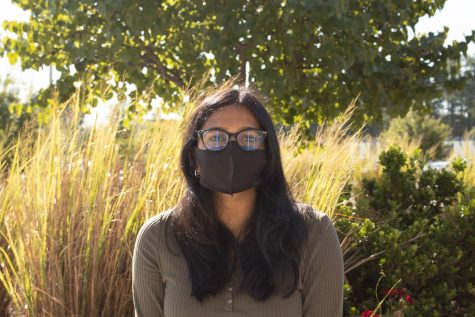
Shloka Sunil is a freshman at Green Level who is excited to write for The Gator’s Eye this year. In her free time she loves to read, watch netflix, and...


